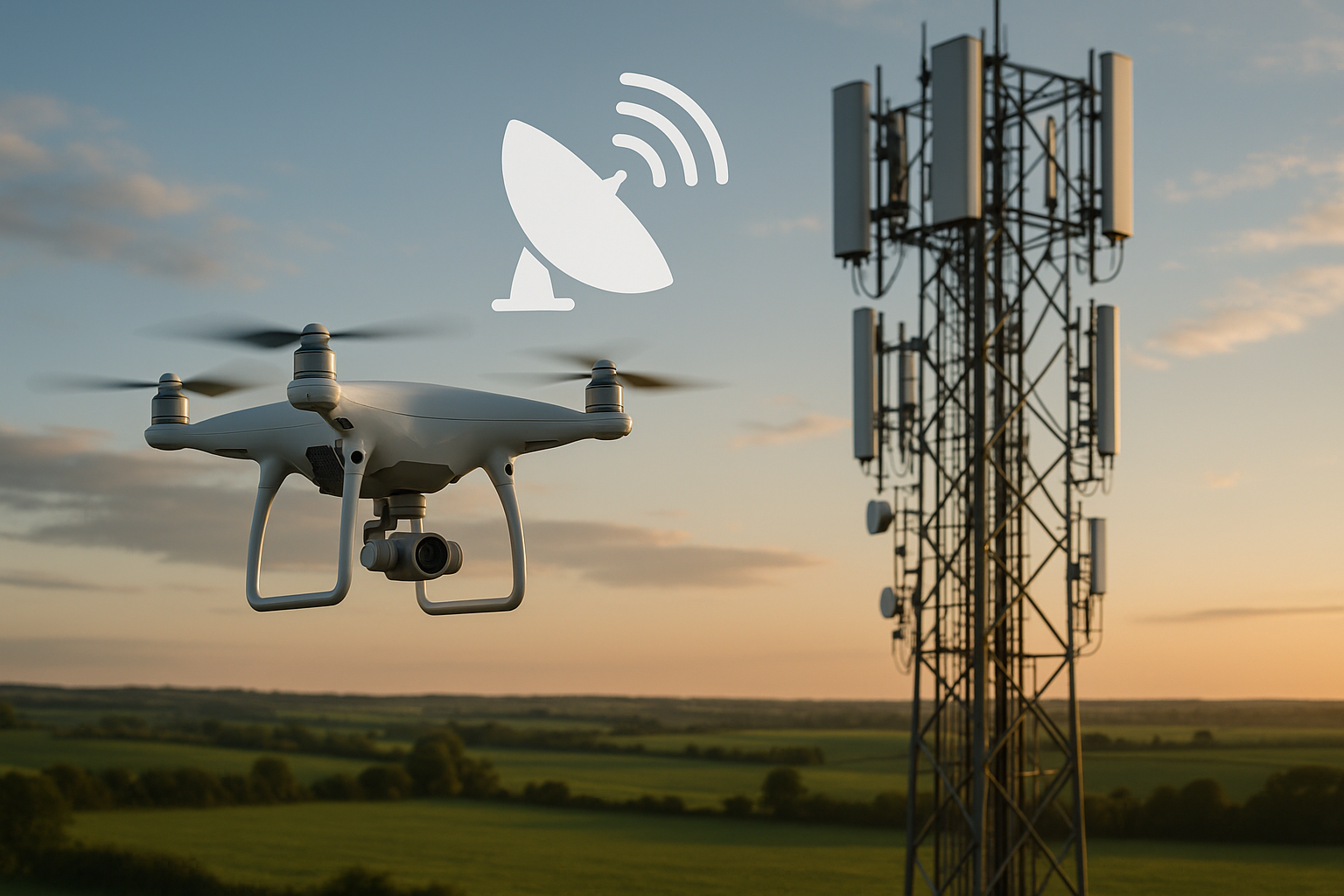Unlocking the Potential of Telecommunication Drones: A Comprehensive Overview
Imagine a world where drones not just deliver packages, but also provide internet services. This is not a distant future, but a reality being shaped by the telecom industry. This article delves into the fascinating world of telecommunication drones, their impact, and the challenges they pose.

The Advent of Telecommunication Drones
The use of drones or unmanned aerial vehicles (UAVs) is not new. They have been used in various sectors, including agriculture, real estate, and film-making. However, their application in the telecom sector is a significant game-changer. Telecommunication drones were initially conceived for emergency connectivity during natural disasters when ground infrastructure is impaired. Today, they are being seen as a viable solution for providing robust, uninterrupted connectivity in normal scenarios too.
Current Trends and Regulatory Changes
As the telecom industry is exploring the use of drones for providing connectivity, certain trends and regulatory changes have surfaced. Telecom giants are actively investing in drone technology, with compelling trials demonstrating the potential for wide-area network coverage. Regulatory bodies worldwide are rethinking drone regulations, balancing technological advancement with safety and privacy concerns.
Impact, Challenges, and Applications
Telecommunication drones promise to revolutionize connectivity, especially in remote and hard-to-reach areas. However, they also pose several challenges, such as battery life, weather conditions, and interference with other airspace users. Despite these challenges, the potential applications of telecom drones are immense, from providing internet services in rural areas to ensuring connectivity during disaster recovery.
The Role of Research
Research plays a vital role in addressing these challenges and realizing the potential of telecommunication drones. Extensive research is being carried out to improve drone technology, including battery life, flight duration, and payload capacity. Moreover, research is also focused on developing robust regulatory frameworks that can facilitate the safe and effective use of telecom drones.
Conclusion
Telecommunication drones are set to redefine connectivity in the coming years. While they present unique challenges, the potential benefits they offer make them an exciting area of development in the telecom industry. As research continues and technology evolves, it will be interesting to see how these drones shape our connected future.






